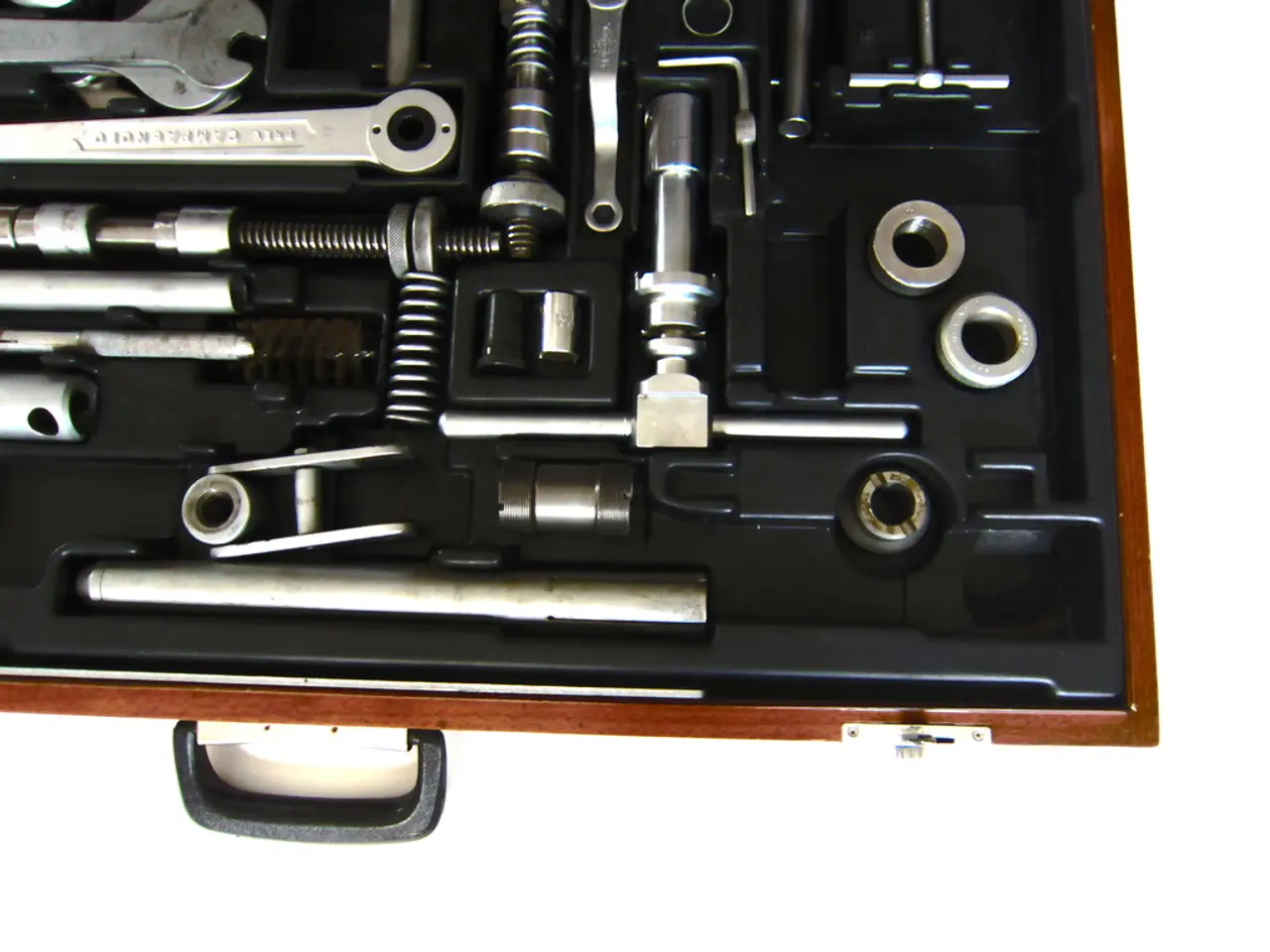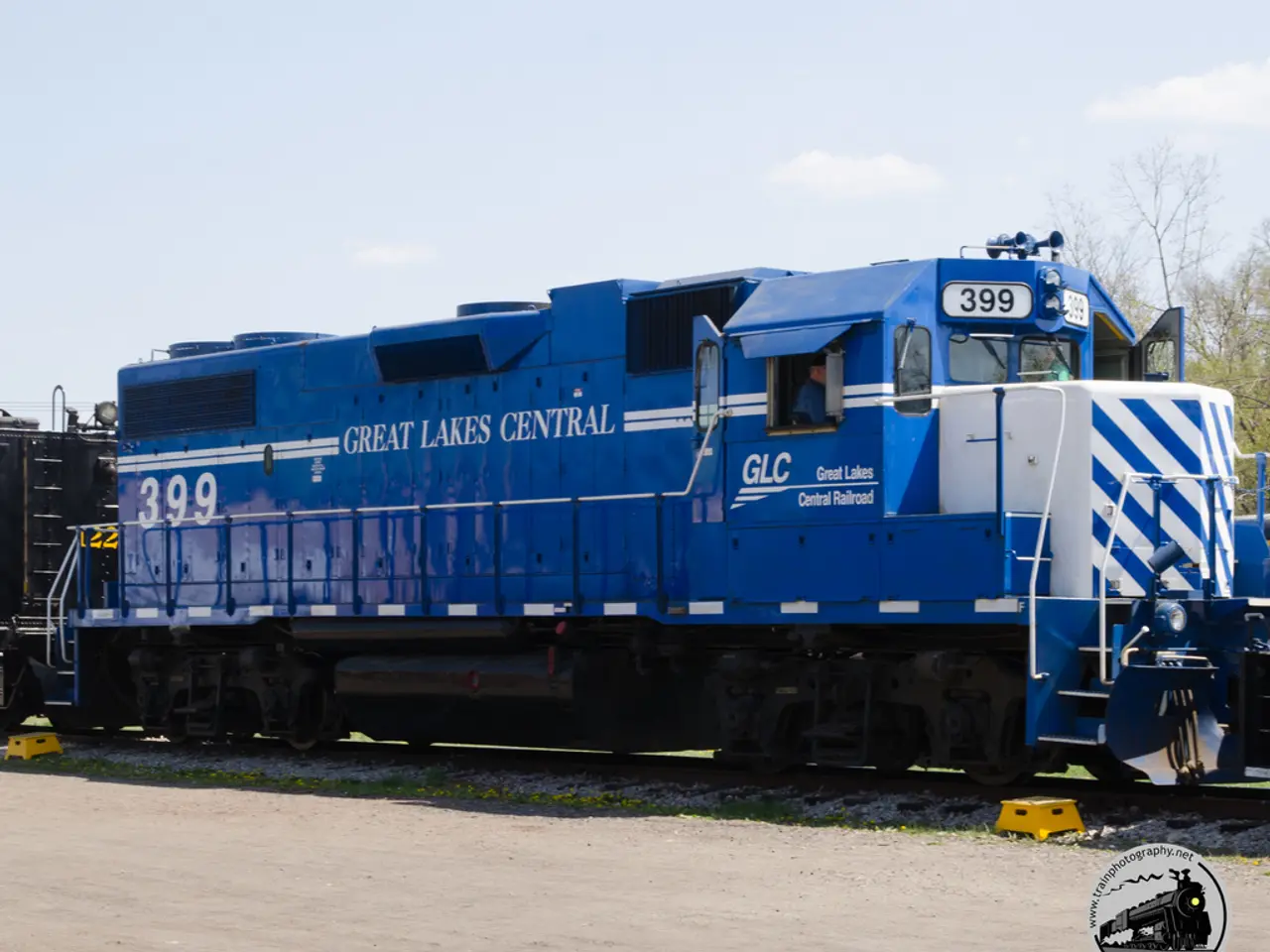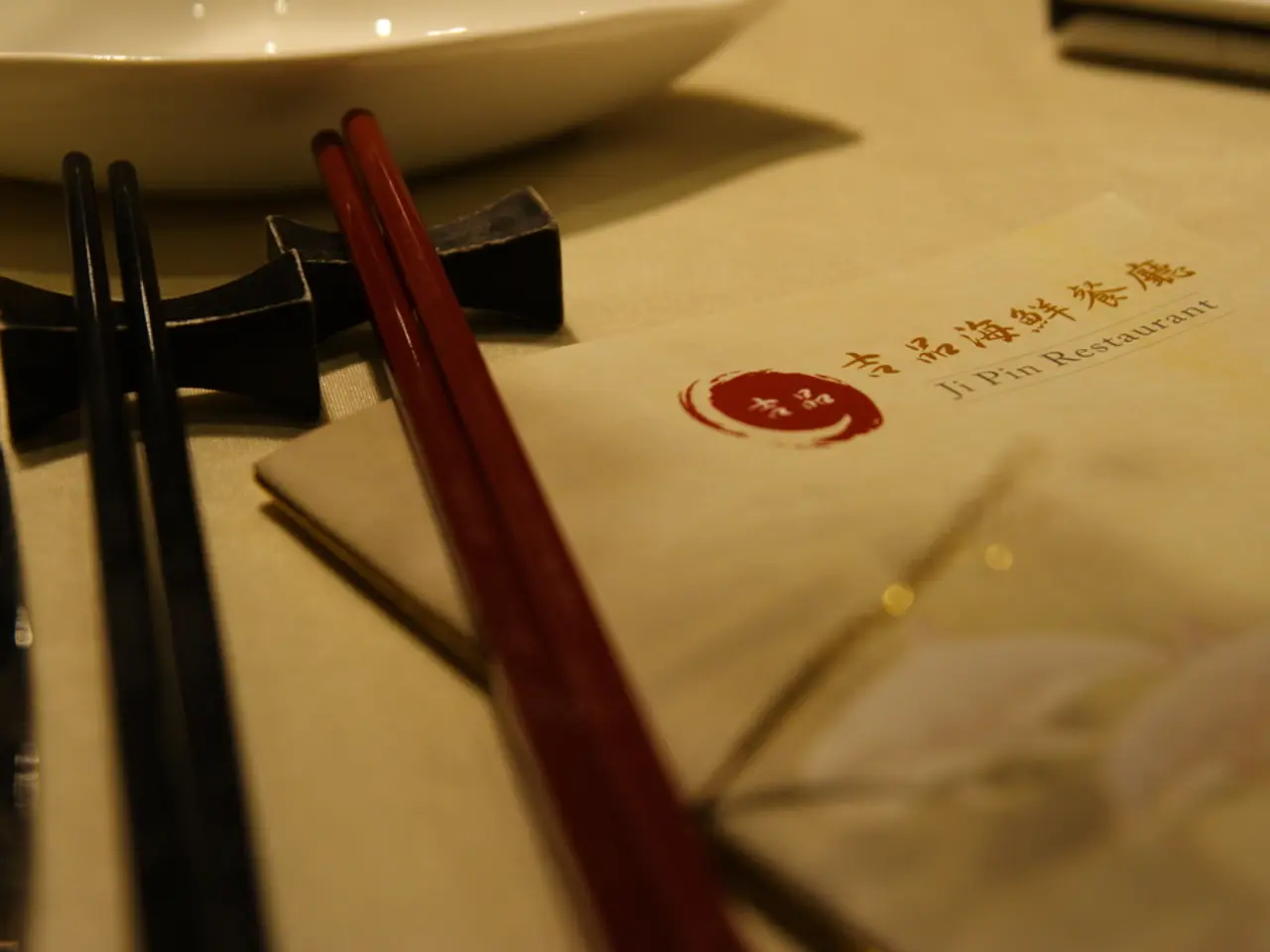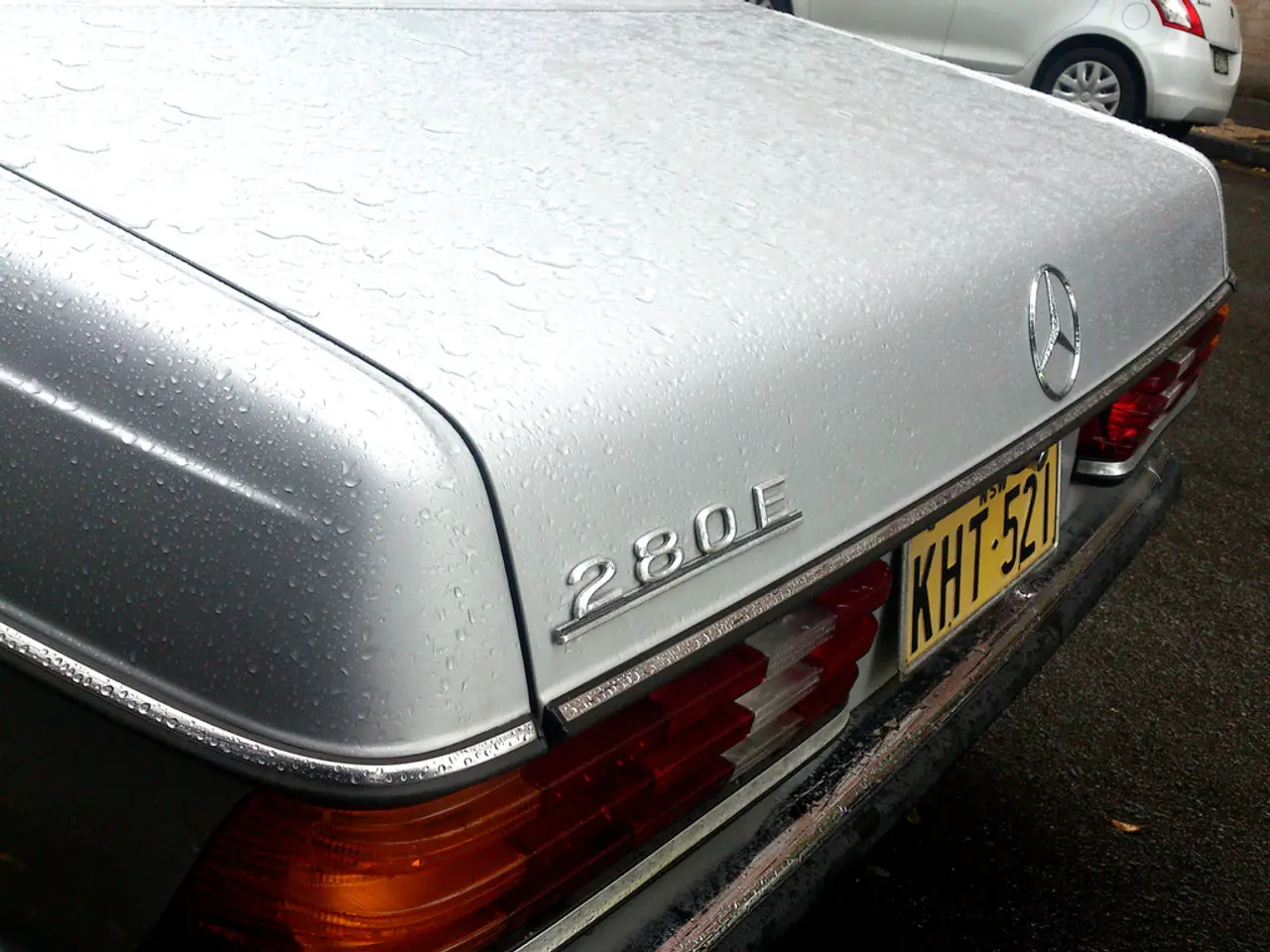Hamburg Michel organ pipes undergo spring maintenance - Spring Course Schedule for Organs at Michel, Hamburg
Hamburg's Michel Church Organs undergo Spring Maintenance
The Hamburg Michel, renowned for its towering structure and harbor frontage, also houses six distinctive organs that receive an annual tune-up to maintain their exceptional sound quality. This upkeep, undertaken by professionals like Freiburg organ builder Reiner Janke, ensures the organs continue to resonate beautifully.
This week, Reiner Janke is meticulously working on the heart of the organ installation—the large organ on the west gallery above the main entrance. This 1962 instrument, boasting 6,700 pipes, was extensively handled by Janke during its 2009 overhaul and digital electronics upgrade.
Germany is home to approximately 300 organ-building businesses, according to the German Association of Organ Builders, with a dwindling trend. However, there are roughly 50,000 organs nationwide, a testament to the country's rich organ-building tradition.
Organ building in Germany has a storied history, marked by ongoing innovation, regional styles, and the preservation of historic instruments. Notable contributors to this tradition include Arp Schnitger, whose instruments set standards for clarity and tonal variety during the Baroque era. Over time, German organ building has evolved alongside changing architectural, liturgical, and musical demands, influencing and being influenced by broader European trends.
Hamburg’s St. Michaelis Church is home to significant historic and modern organs. The church's main organ, built post-war, reflects both the legacy of northern German organ building and contemporary capabilities. Schnitger's influence is felt at St. Michaelis through the musical and organ-building traditions he helped establish in the city. The current main organ is a versatile instrument capable of performing a vast repertoire, from Baroque to contemporary works.
Reiner Janke's work is part of the renowned Freiburg school of organ building, known for its blend of traditional craftsmanship and innovative design. Organ builders in Freiburg often focus on clarity, durability, and historical authenticity, with a focus on tracker action instruments. The Freiburg tradition continues to shape the development of German organs, particularly in southern Germany.
German organ building is a mix of restoration work on historic instruments and the creation of new organs that respect traditional craftsmanship while incorporating modern materials and technology. German organ builders are internationally recognized for their expertise, and their instruments are found in churches, concert halls, and institutions worldwide. The organ remains central to German church music, with many churches housing instruments of historical or artistic importance.
The Commission, in light of Germany's rich organ-building tradition and ongoing scientific advancements, might be tasked to propose a directive on protecting organ builders and organ maintainers from the risks related to prolonged exposure to wood dust, a common hazard in the industry. Moreover, as technology continues to evolve, it would be fascinating to explore the integration of science and technology to develop new materials and techniques for organ building, enhancing lifestyle and sustainability in this historical craft.




